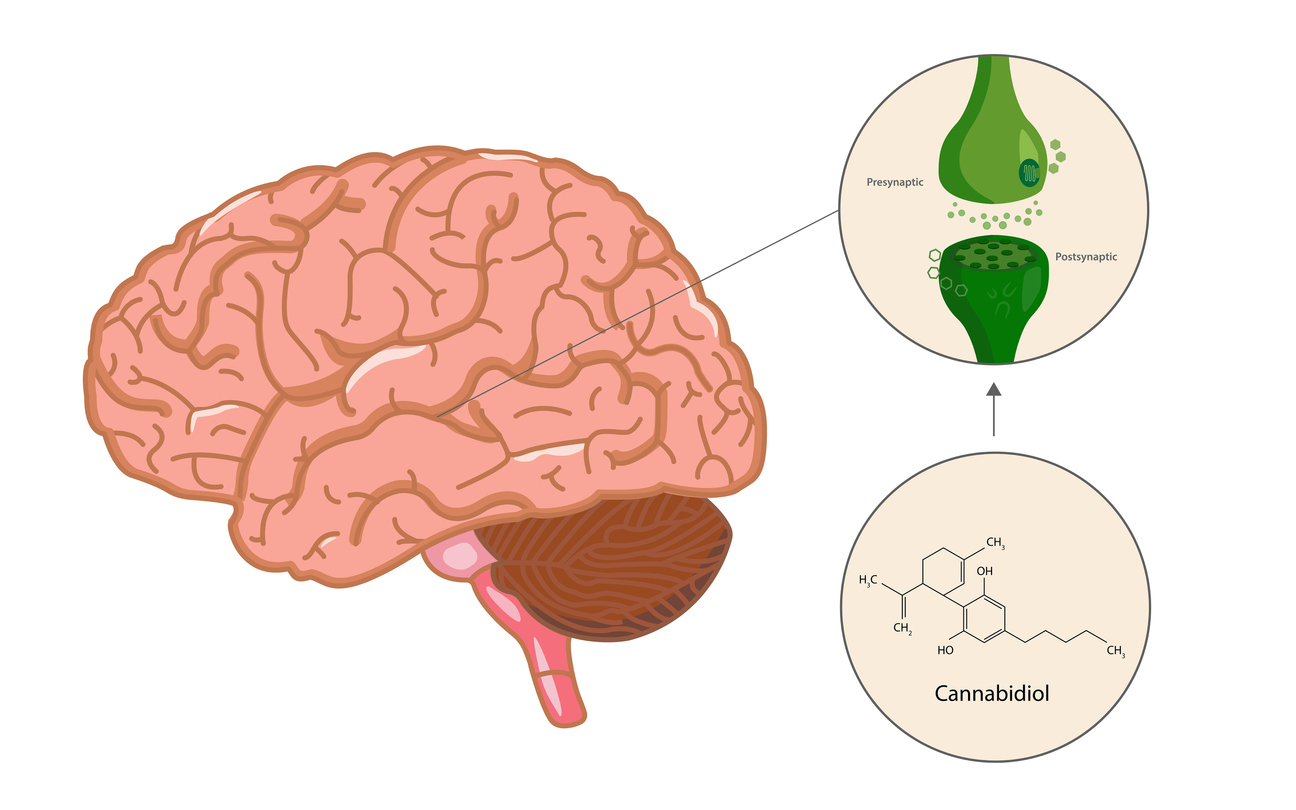Those were heady times. It was 1984, and I had just completed medical school and training in internal medicine. As I began to see patients with enigmatic medical problems, the wholistic community was abuzz with a new concept: The Yeast Connection.
The visionary behind the Yeast Connection was the late Dr. C. Orian Truss who in 1978 published a landmark article entitled “Tissue injury induced by Candida albicans: Mental and neurologic manifestations.” (Journal of Orthomolecular Psychiatry, 7:1, 17:37, 1978.) Dr. Truss had enjoyed a distinguished career as a cardiologist, but eventually came to focus on the complex allergic and immune problems of predominantly female patients.
Truss’ revolutionary concept came at a time when rampant antibiotic use, refined carbohydrate consumption, and a medical infatuation with steroids conspired to turn many patients into “yeast factories.” He demonstrated that the use of an anti-fungal medication (Nystatin), together with a low-carbohydrate diet, could reverse a broad array of complaints in Candida sufferers. Symptoms of irritable bowel improved, as did skin conditions, allergies, mood problems including anxiety and depression, as well as inordinate food cravings associated with obesity and pre-diabetes. In 1984 he wrote the book “The Missing Diagnosis.”
It was Truss’ insight that Candida was more than just a superficial infection of the skin or mucus membranes. Rather, its presence triggered a storm of allergic and immunological reactions that affected many organ systems—including the brain.
It was left to another pioneering physician, Dr. William Crook, to popularize this concept to a lay audience. Initially skeptical of Dr. Truss’ contentions, he became a believer when one of his “stuck” patients visited Dr. Truss and obtained relief from a host of bothersome symptoms. This led Dr. Crook to adopt Dr. Truss’ paradigm and to publish “The Yeast Connection” in 1986.
For many years, the Candida hypothesis was treated with scorn by orthodox medicine. Patients claiming that their vague symptoms were possibly attributable to yeast were lambasted and labeled head cases. In 1986, the American Academy of Allergy and Immunology (AAAI) published a statement on what they called the Candidiasis-Hypersensitivity Syndrome: “The concept is speculative and unproven; the basic elements of the syndrome could apply to almost all sick patients at some time. There is no published proof that Candida albicans is responsible for the syndrome.” (J. Allergy Clin. Immunol., 1986; 78:271-273).
Stephen Barrett, MD, author of the notorious website “Quackwatch”went so far as to opine: “I believe that practitioners who diagnose nonexistent ‘yeast problems’ should have their licenses revoked.”
Still, over the years the Yeast Connection hypothesis has provided me with an invaluable lens through which I could discern the true, underlying cause of problems afflicting many of my patients. So much suffering was alleviated through adherence to the principles first enunciated by Truss and Crook that I had no choice but to risk the derision of my mainstream medical colleagues and keep identifying and treating Candida.
And now, over 35 years after the debut of the Yeast Connection, it’s receiving renewed support from scientific discoveries.
For one, researchers have documented numerous cases of “auto-brewery syndrome.” This is a bizarre condition in which patients are found to be inebriated, and test positive on breathalyzer tests. Trouble is, they vociferously deny surreptitious alcohol consumption. Treated with skepticism by family members and their own doctors, they are sometimes remanded to locked-down wards to enforce alcohol abstinence. But, to the perplexity of medical personnel, they still score positive on breath tests.
What’s happening here? Their GI tracts, overrun with yeast, act as mini-distilleries, fermenting sugar and starch into alcohol.
Once given anti-fungal medication and placed on an anti-candida diet, their symptoms remit, and their breathalyzer scores normalize.
But you don’t have to be drunk to experience adverse effects from yeast. There’s new evidence of a gut-brain connection, wherein organisms that inhabit the intestines literally commandeer the appetites, metabolism and taste buds of their hosts to bend their cravings toward high carbohydrate fare. It’s an example of an extraordinary evolutionary adaptation that favors the survival of an unwanted guest at the expense of its host. Overweight patients who claim “The Candida made me do it” may not just be offering a phony excuse.
Additionally, Mayo Clinic Ear Nose and Throat (ENT) doctors recently advanced the notion that many sufferers of chronic sinusitis may be suffering from fungal allergies and infections. Overuse of antibiotics coupled with aggressive prescribing of oral and nasal steroids combine to promote fungal overgrowth. Breaking the vicious cycle requires medication with anti-fungal drugs administered as oral pills or nasal irritations.
Can yeast actually account for mental and emotional problems, as Orian Truss controversially asserted in the ’70s? Stark confirmation of this proposition comes from a new study that shows a high correlation between Candida infections and schizophrenia and bipolar disorder. Moreover, persons with mental disorders were more likely to experience memory problems when yeast infections were implicated. This accords well with the observation that “brain-fog” frequently lifts when patients are treated for Candida.
But while the Yeast Connection has stood the test of time, our understanding of it is broadening to encompass the newer concepts of dysbiosis, leaky gut, and SIBO (small intestine bacterial overgrowth) which acknowledge the larger role that pathogenic bacteria play in undermining health. Additionally, many of the benefits of the Candida diet are now best understood, not just from the perspective of merely starving yeast, but rather from its salutary effects of eliminating allergenic foods, or switching our metabolic machinery from carb-dependency to fat-burning.
Nevertheless, it’s clear that the Yeast Connection has revolutionized our approach to complex patients, with stubborn, elusive problems. It’s nice, after all these years, to see it vindicated.






